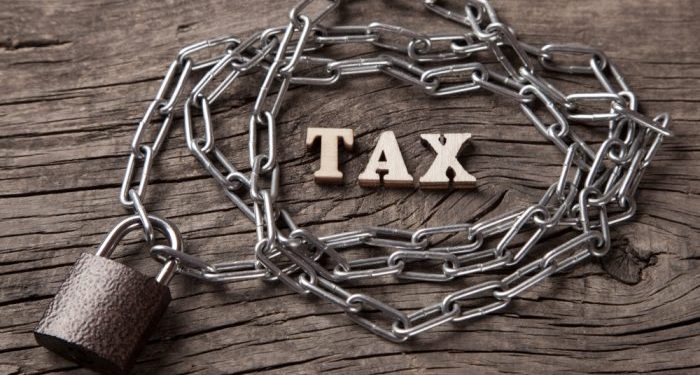The Public Accounts Committee has called for a review of pension tax relief, to ensure it is effective and providing value for money.
This is part of a wider review into tax reliefs. The parliamentary select committee pointed out that pension tax relief was the most expensive relief, forecast to cost £38bn for the 2018/19 tax year. However it said authorities did not understand the full impact of this tax break, and whether it provided value for money.
A more thorough report into this issue could pave the way for changes to pension tax relief. There has been speculation this relief may be cut for higher-rate taxpayers, possibly by introducing a flat rate. This could potentially save the money – at a time of increased coronavirus spending and economic recession – as well as helping fulfil the government’s election promise on levelling up potential inequalities. Recent analysis of pensions tax relief by the Pensions Policy Institute has shown it is higher earners who claim the vast majority of this benefit.
The review is also likely to include the problems around those on low-pay, many of whom are women, being enrolled into net-pay schemes, where their earnings mean they do not benefit from any tax relief at all.
The move to have a more in-depth look at this issue has been cautiously welcomed by those in the industry.
Aegon’s head of pensions Kate Smith says: “Pension tax relief costs the Treasury tens of billions of pounds a year topping up the value of millions of people’s pension contributions.
“While expensive, its rationale has always been that it provides a valuable incentive to save long-term. The Committee is questioning to what extent the relief is really an incentive, or whether it simply benefits those who would have saved anyway.”
She adds: “There has been a lot of speculation recently that government may look to reduce higher rate tax relief on pension contributions and take the opportunity to introduce a flat rate of relief which may be more intuitive.
“Doing so could represent a significant cost saving depending on the level at which the flat rate was set. Any cost saving must consider the longer-term and be balanced towards encouraging people to save for their later life to avoid an ageing population falling back onto the State.”
The Society of Pension Professionals president James Riley warned that there was a danger any change might disincentivise people to save.
He says: “On the face of it, pensions tax-relief looks an attractive area to make savings given the state of the national purse. It’s therefore right and proper to fully review the system. However, under the headline amount the situation is more nuanced. And such a review needs to thorough and open minded.
“Significant amounts of pension tax relief relate to deficit contributions made by employers to make good past underpayments. Given the problems of the recent past with BHS, Carillion and Tata, and the subsequent focus on improving the security of pensions schemes, it seems inconceivable that the Government would want to disincentivise employer contributions to pension schemes.
“Also for many members, upfront tax-relief is simply a deferral of tax which they will pay when they come to draw their pensions. It would be wrong for pensions to become less tax efficient than other savings.”
He adds that the “scandal” around auto-enrolling low earners into net pay arrangements should be and can be remedied quickly. “It is not in itself a reason to review the entire pensions tax relief.”
Canada Life technical director Andrew Tully adds: “The Budget later in the year is where there will be more focus around spending plans for future years. The Government may look again at pension tax relief although the difficulty in implementing change in a simple, straightforward manner continues to be a significant issue.
“The vast majority of tax relief is given to defined benefit schemes so any changes need to cover both DB & DC. Making changes in the DC market only is simply playing around the edges. In addition, pensions are already hugely complicated, so any changes need to simplify matters to help people better understand the benefits of saving in a pension.”
Meanwhile Quilter retirement expert Ian Browne points out that tax relief on pension is not necessarily a cost to the government in the conventional sense, but a tax deferral mechanism.
He adds: “Pensions are liable for income tax, but this is applied on the way out, not on the way in. This tax deferral system creates an incentive to save for the future and ensures people are contributing some income tax later in life, helping to smooth fluctuations of demography and the pressures of an ageing society.
“But we know that there are many who currently do not benefit from the relief, including low-paid workers in net pay pension schemes.”
He says this “absurd archaic flaw” in the government’s system has sat on the Treasury’s desk for too long. A consultation into this issue was promised following the March budget, but this has not happened, with a number of government plans being shelved in the wake of the coronavirus pandemic.
Browne adds: “A proper evaluation of how these groups can benefit from the relief, and adequately save for retirement is welcome.”
The post Public Accounts Committee to review pensions tax relief appeared first on Corporate Adviser.



